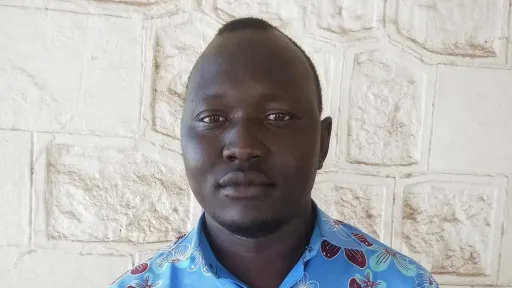People across North America — from a Mexican seashore to breathtaking Niagara Falls on the US-Canada border — have followed the solar eclipse and cheered the celestial show and, in Arkansas, were getting married en masse.
Where clear skies prevailed, observers along the direct path of the eclipse were treated to the rare spectacle of the Moon appearing as a dark orb creeping in front of the Sun, briefly blocking out all but a brilliant halo of light, or corona, around, the Sun's outer edge on Monday.
It was North America's first total eclipse since 2017.
As totality hit at a campground in North Hudson in upstate New York, hundreds of people shrieked with excitement.
"Oh my God!" some said, as the temperature dropped and outdoor lights on a nearby building flicked on, fooled by the darkness.
Mexico's beachside resort town of Mazatlan was the first major viewing spot along the "path of totality."
Thousands of people thronged the coastal promenade, perched in deck chairs with solar-safe eyewear, and an orchestra played the "Star Wars" movie theme as skies darkened under the approaching lunar shadow.
Experts warn that just a single, unguarded glance at a solar eclipse can result in a lifetime of vision loss.
The rare celestial spectacle won't be visible for most of North America again until 2044, experts predict.
➤Click here to follow our WhatsApp channel for more stories.
























